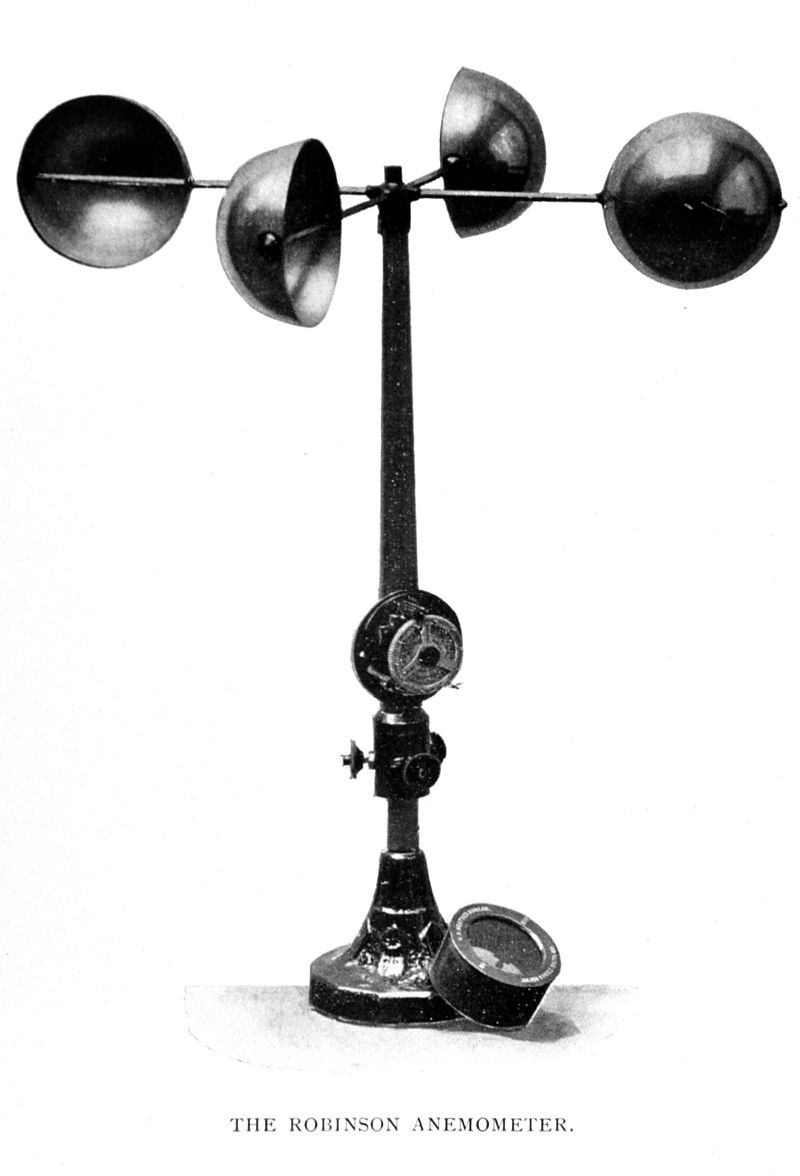All You Need to Know Regarding Anemometers: How They Work, Why They Issue, and Where to Utilize Them
Anemometers, however commonly forgotten in the realm of scientific instruments, play a critical duty in numerous fields, providing important insights right into wind rate and air movement patterns. Understanding the auto mechanics behind these gadgets is vital for any individual seeking to harness the power of this data. From meteorologists tracking climate patterns to designers developing frameworks with wind tons in mind, the applications of anemometers are diverse and significant. As we explore the intricacies of anemometer technology, we will uncover the inner functions of these tools, their significance, and the key considerations when selecting the ideal anemometer for particular applications.

Anemometer Fundamentals
A vital tool utilized to determine wind rate and instructions, the anemometer plays a vital duty in meteorology and different industries. An anemometer generally contains 3 or 4 cups that rotate in the wind, a vane that points into the wind, and sensors to track the activities or turnings. By determining the turnings or motions over a specific amount of time, the anemometer can identify wind speed. The vane assists establish wind direction by pointing right into the wind, offering beneficial information for climate forecasting, aviation, maritime operations, environmental monitoring, and wind energy applications.
There are different kinds of anemometers readily available, including mug anemometers, vane anemometers, hot-wire anemometers, and sonic anemometers, each with its unique features and applications. Cup anemometers are commonly utilized for fundamental wind speed dimensions, while vane anemometers are chosen for directional dimensions. Hot-wire anemometers are ideal for reduced airspeeds, and sonic anemometers are optimal for high-precision measurements in study and commercial setups. Comprehending the basics of anemometers is vital for exact wind information collection and analysis across various fields.
Principles of Anemometer Procedure
Building on the fundamental understanding of anemometer basics, the concepts of anemometer procedure clarify the technicians behind wind rate and direction measurements. Anemometers operate on the principle of airflow affecting a sensing unit, creating it to revolve. Cup anemometers, for circumstances, have 3 or even more mugs that record the wind, creating them to rotate faster as the wind speed rises. The rotation speed is then exchanged a wind rate measurement. Vane anemometers, on the other hand, use a tail or a probe that aligns itself with the wind direction, offering a dimension of wind direction based on the orientation of the sensing unit. Hot-wire anemometers depend on a heated wire that cools as wind overlooks it, with the rate of cooling down determining the wind speed. Ultrasonic anemometers action wind speed and instructions by analyzing the moment it considers ultrasonic signals to take a trip between transducers. Comprehending these principles is vital for trustworthy and precise wind dimensions in numerous applications.
Significance of Anemometers
The importance of anemometers in weather forecasting and different industries can not be overemphasized. Anemometers play a crucial function in measuring wind speed and instructions, offering important information for weather condition forecasting, climate researches, environmental surveillance, and aviation procedures. Meteorologists depend on anemometers to collect accurate wind data, assisting them recognize weather patterns, forecast storms, and issue prompt cautions to the public. In markets such as building and construction, agriculture, renewable power, and maritime operations, anemometers are used to enhance processes, make certain safety and security, and boost performance. For instance, wind ranch drivers use anemometers to examine wind conditions and maximize electrical power manufacturing from wind click this link turbines. In the maritime field, anemometers help ship navigation by supplying real-time wind information to captains, aiding them make notified decisions to make certain risk-free trips. Overall, anemometers are vital devices that contribute considerably to security, performance, and educated decision-making in meteorology and a large range of industries.
Applications Across Different Industries
Applications of anemometers extend across varied markets, showcasing their convenience and energy beyond weather forecasting. In the renewable resource industry, anemometers play a vital function in assessing wind conditions for wind ranch positionings, guaranteeing optimum energy production. Industries like construction and mining make use of anemometers to keep track of wind rates, vital for security procedures, especially when working at elevations or in open-pit mines where solid winds can position threats. Anemometers are likewise indispensable in the aviation industry, aiding pilots in recognizing airspeed and wind direction for secure take-offs and touchdowns. The maritime industry take advantage of anemometers for ship navigation, assisting seafarers prepare for climate changes and readjust courses appropriately. In farming, anemometers aid farmers in managing plant spraying by offering real-time information on wind speed to stay clear of drift. Anemometers this post discover applications in Cooling and heating systems to maximize air flow and enhance power efficiency in structures. The varied use situations of anemometers highlight their significance throughout different markets, highlighting their indispensable function in boosting operational safety and security and efficiency (anemometer).

Choosing the Right Anemometer for Your Requirements
For basic objectives, a mug anemometer is suitable for gauging wind rate, while a vane anemometer gives wind instructions information. Hot-wire anemometers are suitable for low airspeed measurements, and ultrasonic anemometers offer high precision and resilience.

Verdict
In verdict, anemometers play a vital duty in gauging wind speed and direction across different sectors. It is crucial to think about the importance of anemometers in order to make enlightened choices when choosing the most ideal tool for determining wind problems.
There are numerous kinds of anemometers available, including mug anemometers, vane anemometers, hot-wire anemometers, and sonic anemometers, each with its one-of-a-kind features and applications. Cup anemometers are generally made use of for fundamental wind speed dimensions, while vane anemometers are favored for directional measurements. Hot-wire anemometers are ideal for low airspeeds, and sonic anemometers are suitable for high-precision measurements in study and commercial settings.Building on the foundational understanding of anemometer essentials, the concepts of anemometer procedure clarify the mechanics behind wind rate and instructions dimensions. For basic purposes, a mug anemometer is ideal for gauging wind rate, while a vane anemometer gives wind instructions data.
 Rider Strong Then & Now!
Rider Strong Then & Now! Mason Gamble Then & Now!
Mason Gamble Then & Now! Talia Balsam Then & Now!
Talia Balsam Then & Now! Matilda Ledger Then & Now!
Matilda Ledger Then & Now! Samantha Fox Then & Now!
Samantha Fox Then & Now!